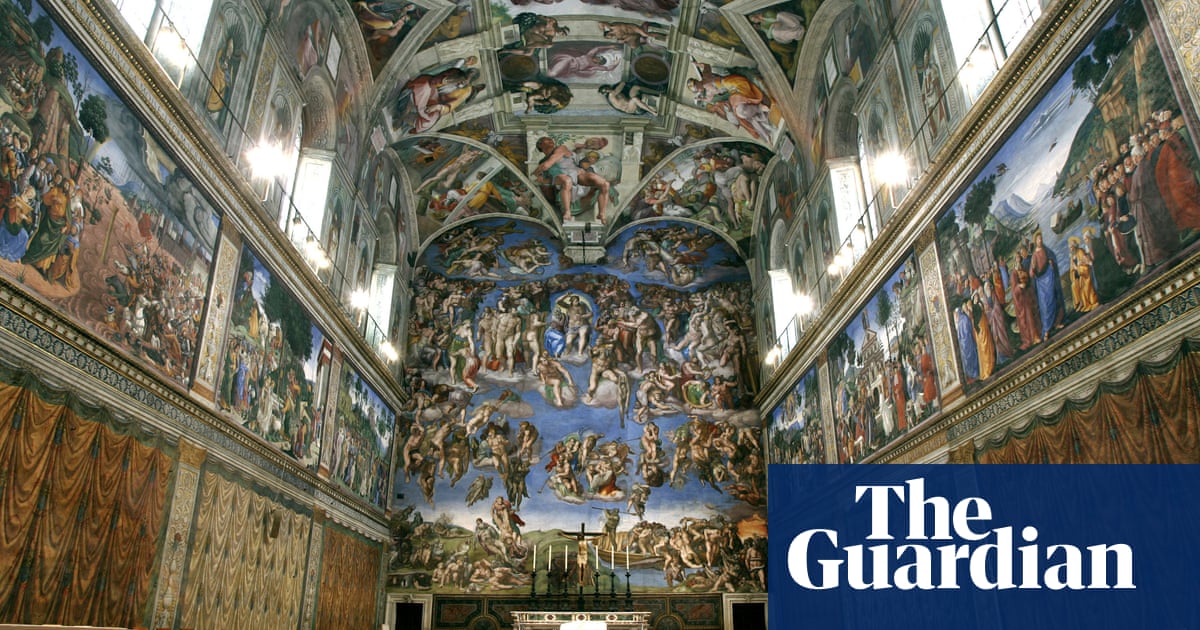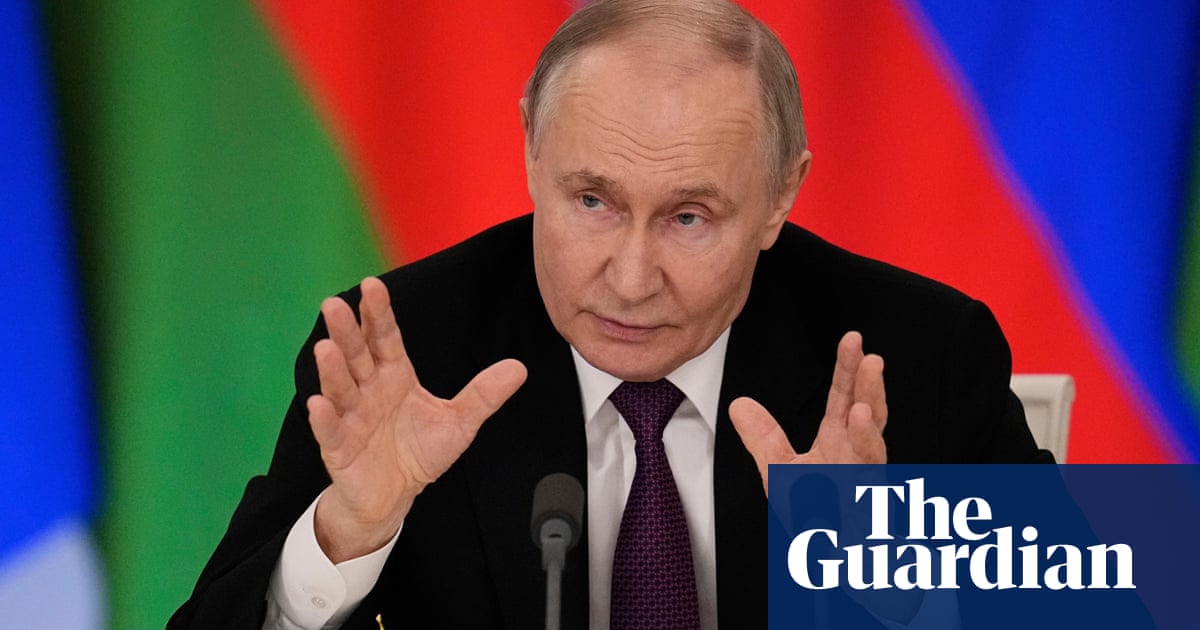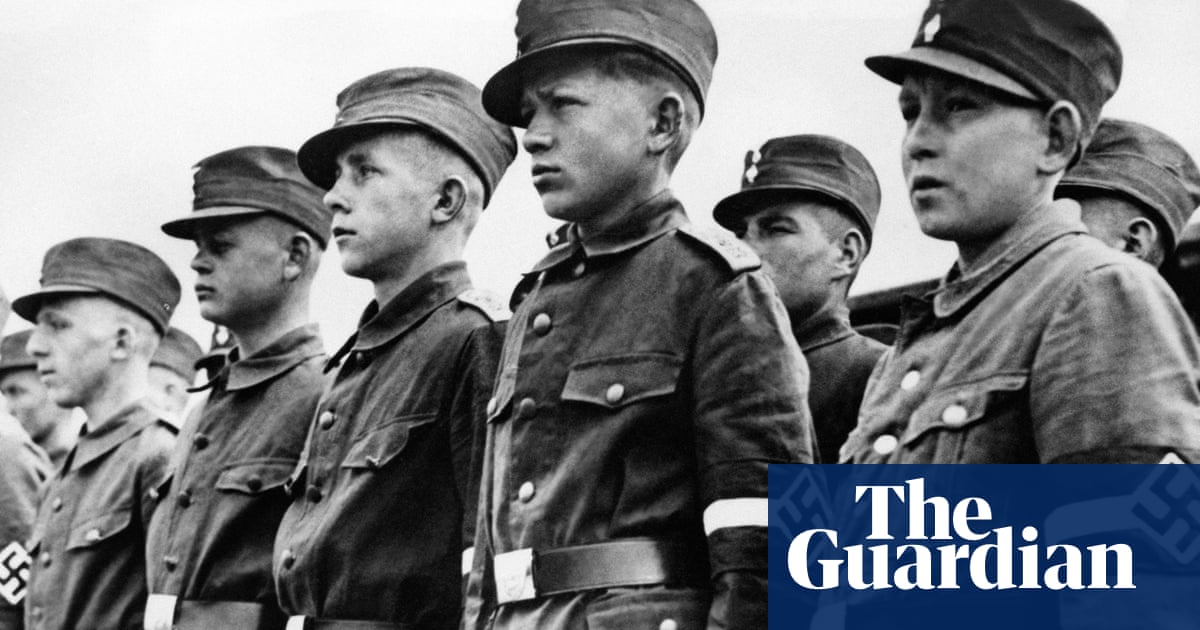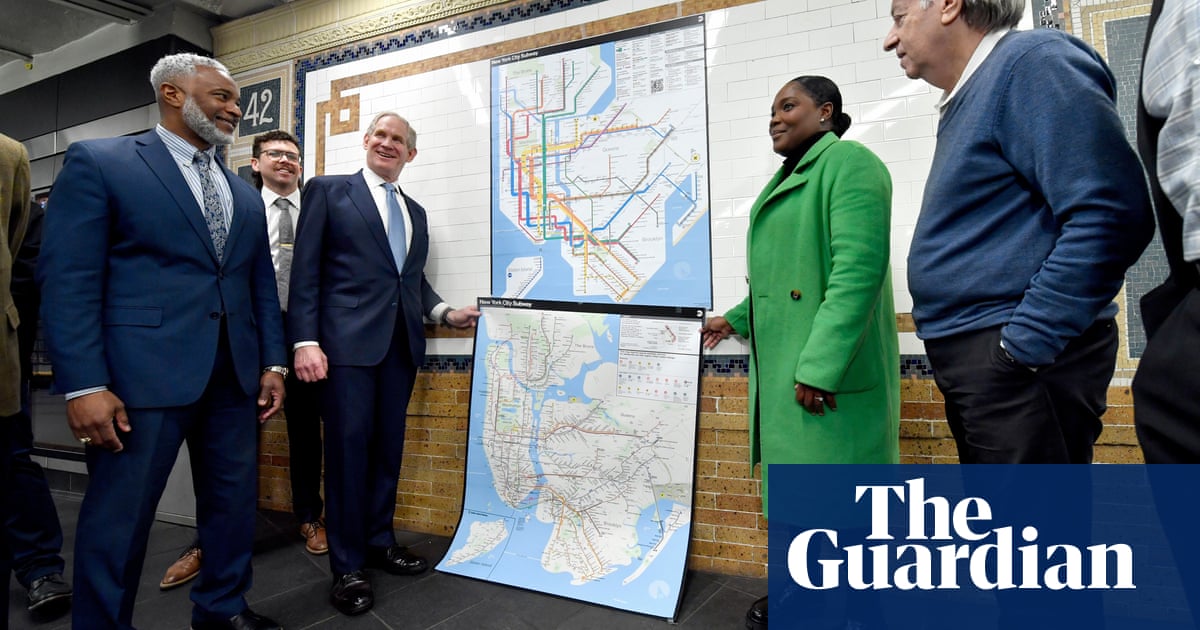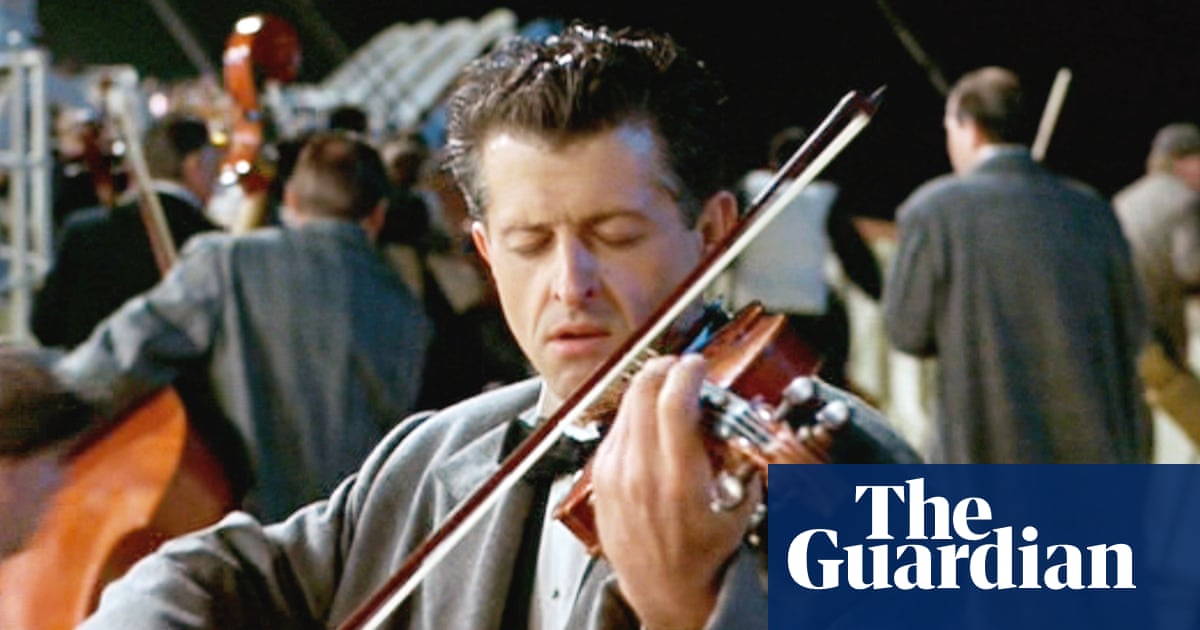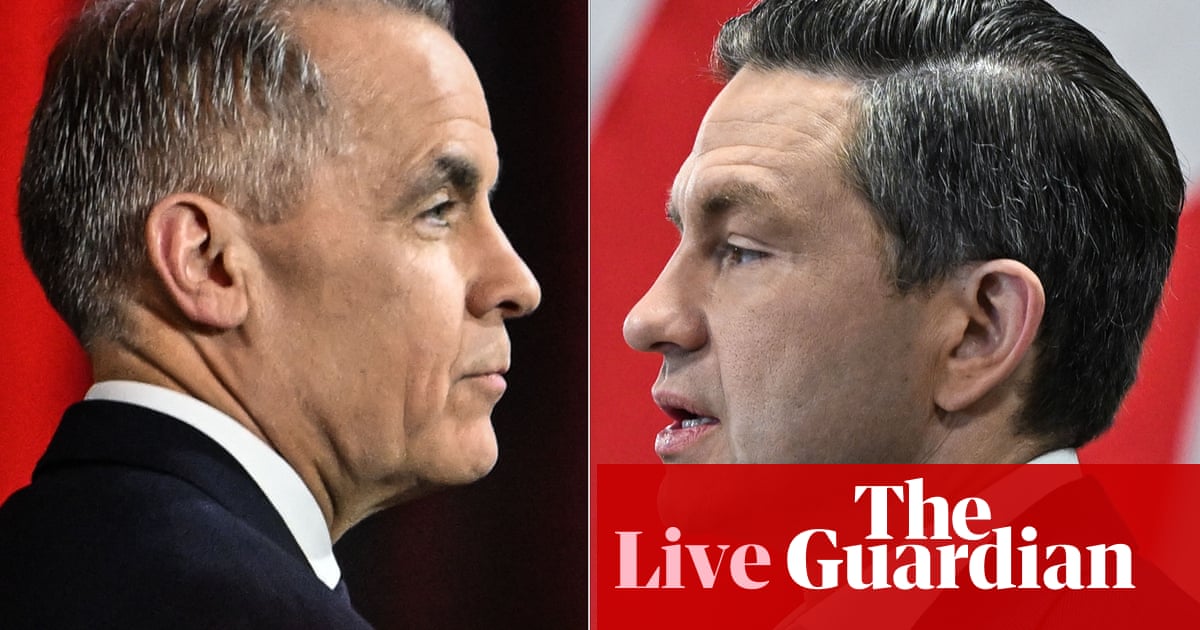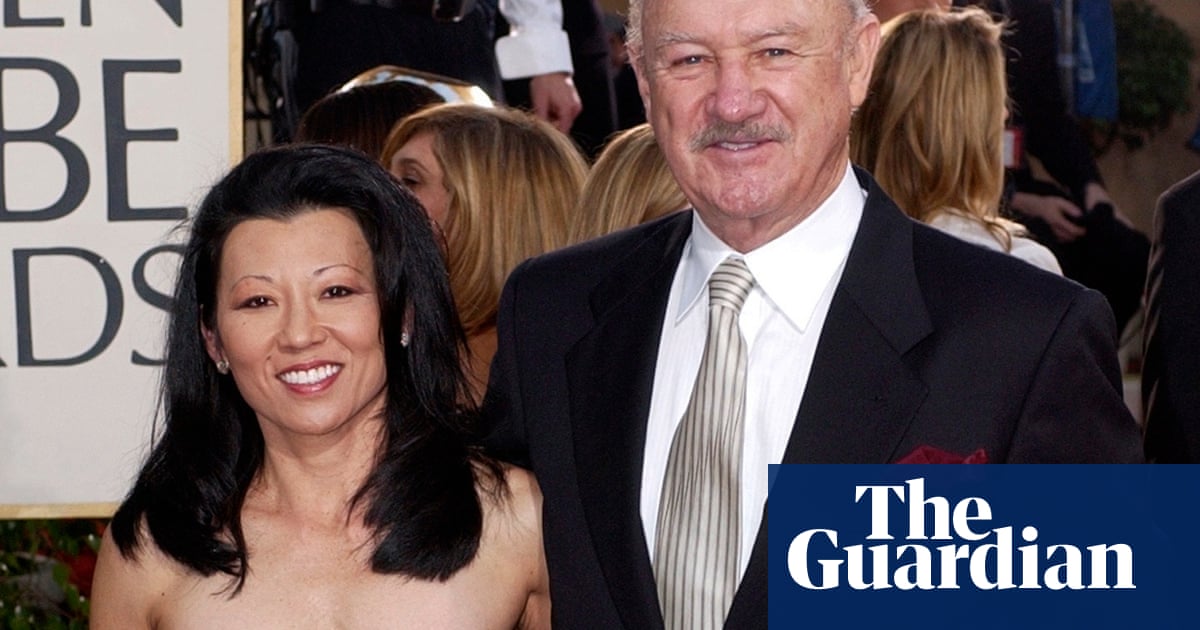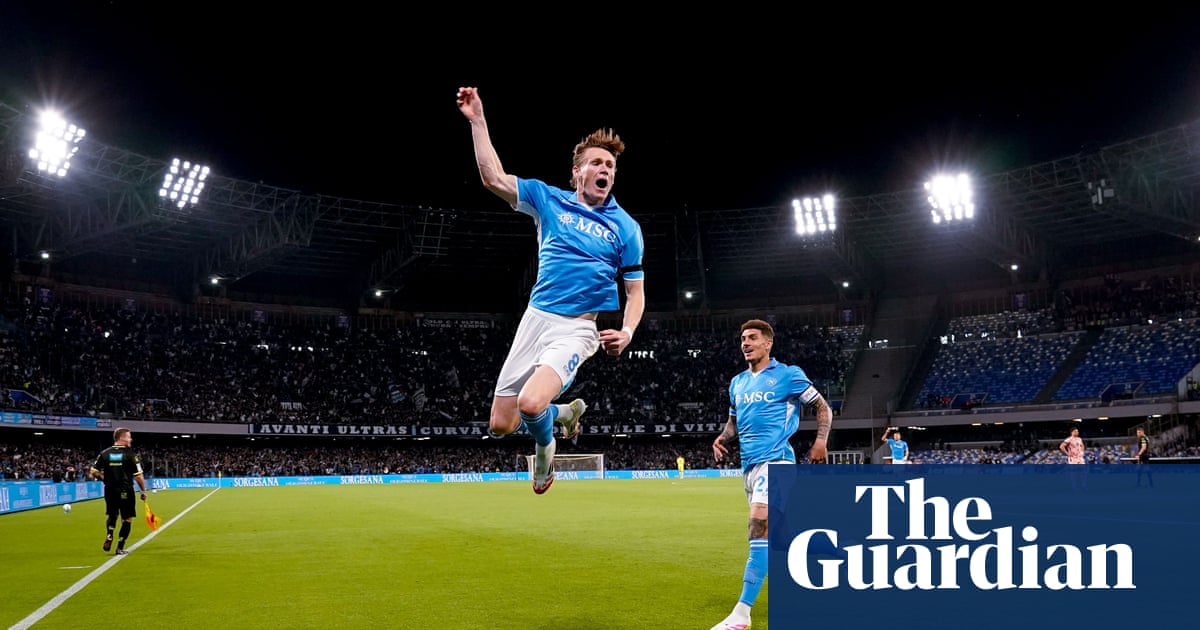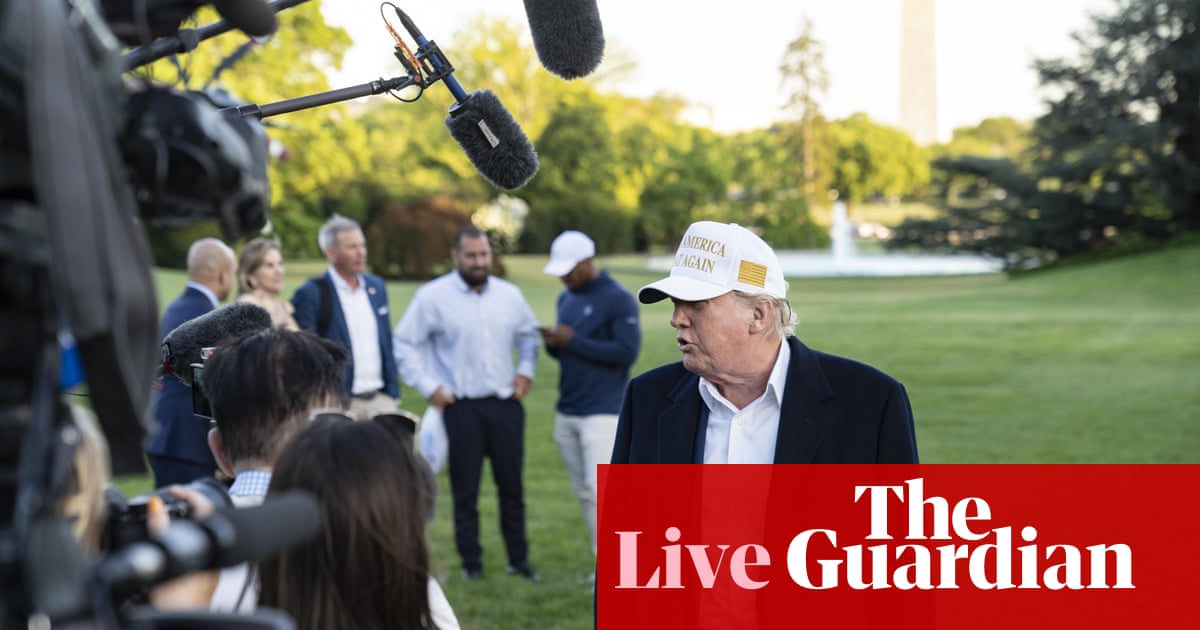I still remember getting my first bra. It was soft, white cotton mesh with embroidered pink flowers. It served no discernible purpose other than to make sure I wasn’t the last girl in my class to get one. But to my 12-year-old self, it signified womanhood: what glamour, what sophistication, twirling in front of the mirror. I look just like Madonna, I thought. (I did not.) After this, more or less unthinkingly, I wore a bra every day for 20 years. There was the inevitable push-up phase, the simple T-shirt bra phase, the somewhat classier black lace phase. It was a non-negotiable step of getting dressed, even if I was just lounging around the house.
All this changed in March 2020. I contracted Covid, which turned into long Covid; for three and a half years my life ground to a halt. Among an ever-rotating inventory of symptoms, one of the most persistent was an intense pain in my sternum, just above my solar plexus. Every time I tried to put on a bra, it would make it even worse and I would start struggling to breathe.
So, like many women, I stopped wearing a bra in lockdown. It felt like a luxury: a brief reprieve from intricate hooks, wires digging into my skin, and straps that were somehow too tight and too loose. No wonder second-wave feminists burned them in bins. But I never doubted that, once released into the world again, I would have to strap myself back in.
When the time came to return to the office, my symptoms were still in a state of flux. Any stress or mild discomfort would bring about a flare-up, which would present itself as that sharp pain in the middle of my chest, exactly in the spot where a bra band would sit. I tried all sorts of light, airy bralettes woven from the thinnest, most organic material known to womankind. Every single one of them hurt.
This soon became a problem. As much as I agreed with the “free the nipple” movement in principle, I was not ready to put it into practice in the workplace. In order to avoid becoming known as the “bra-less wonder”, as Elaine’s enemy in the comedy Seinfeld was called, I needed a solution.
In what I thought would be a temporary measure, I bought some adhesive nipple covers. I did not immediately take to the pasties. They’re odd little things. “I look like a Barbie,” I complained to my unimpressed-looking husband when I first tried them on. But within a few days, I got used to them: they’re practical, they’re light, they stay put in all but the most extreme weather. Much like Shakira in her song Whenever, Wherever, I am “lucky that my breasts are small and humble”, and therefore not in need of serious support.
My health has much improved; I could probably go back to wearing bras if I wanted to. But I’ve grown fond of my strange-looking pasties. In addition to the physical freedom they afford, they have also made me more comfortable in my body. It is liberating to feel I no longer need to hide behind bulky, structured cups: if there has been a loss of volume in my chest area, so be it. Like a horse unshackled from its restrictive harness after a life on the ranch, I feel as if I’ve finally broken free.

 2 hours ago
4
2 hours ago
4
